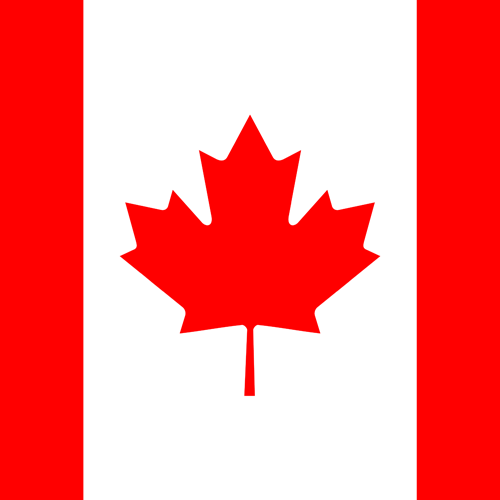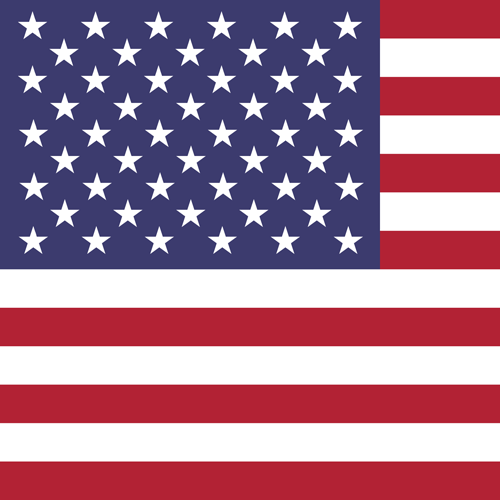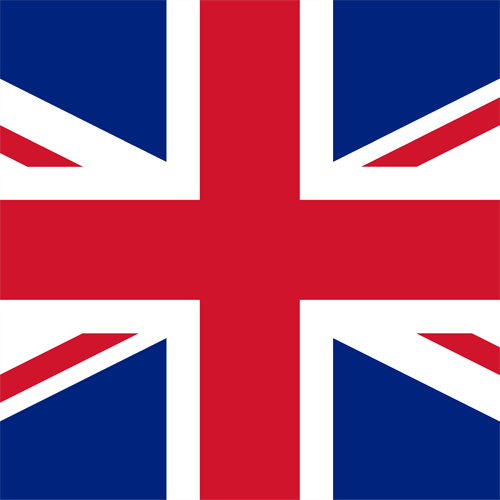I’ve enjoyed tea buying from lots of wonderful places around the world, it’s lovely that tea is grown in so many beautiful places. The whole world drinks tea, but wherever you travel they drink it in different ways, from Japanese Tea Ceremonies to British Afternoon Tea, to a more casual Ice Tea in the US. It’s fascinating!
I’ve since moved on from buying teas, and set up my own tea consultancy business. I work with retail brands, tea growers and farmers, and most recently on a project with the United Nations helping tea businesses in East Africa exporting more products into Europe.
I think it really depends on the weather, the time of year, and it depends on how I’m feeling and what I’m eating. For example, I love Lapsang Souchong in autumn to drink – it’s smoked over pine wood, from the pine forests of Fujian Province, China, and it’s naturally smokey so reminiscent of autumn walks in the woods, and coming back to sit by a fire. In the summertime I drink lighter teas, such as green teas, even cold-brewing green tea in summer is quite refreshing. Tea can lend itself to many different occasions as it’s such a versatile drink so it’s tricky to pick just one favorite blend.
The most popular type of tea in the UK is a black tea blend - we are a nation of traditional black tea drinkers. Not many people realize the biggest supplier of tea to the UK is East Africa, which is due to the type of tea they make. Of course tastes of tea are always changing, so growth in green tea consumption and fruit & herbal drinks is becoming more prominent.










 Canada
Canada United States
United States Australia
Australia Belgium
Belgium Denmark
Denmark Finland
Finland France
France Italy
Italy Netherlands
Netherlands Poland
Poland Spain
Spain Sweden
Sweden United Kingdom
United Kingdom